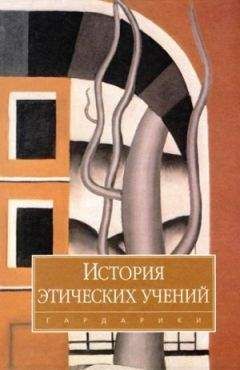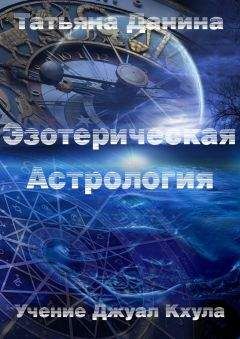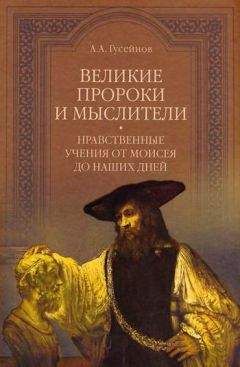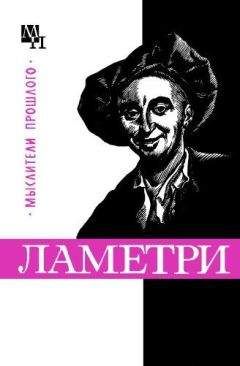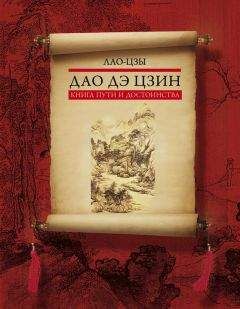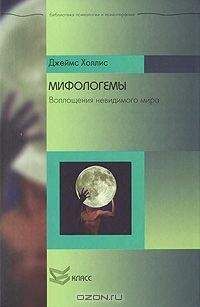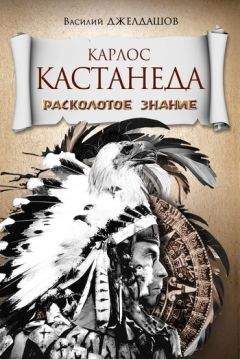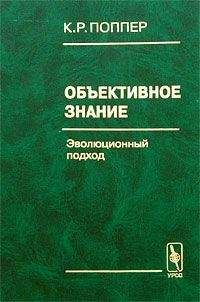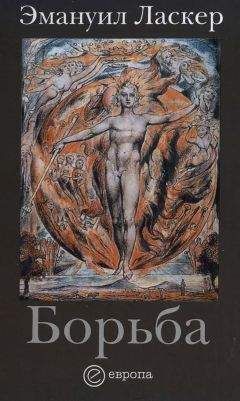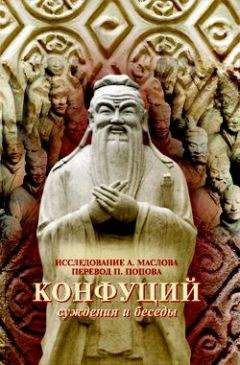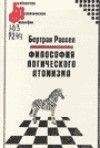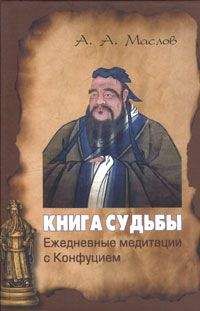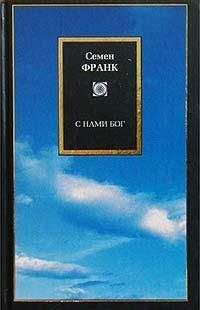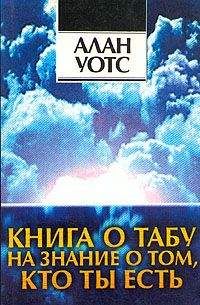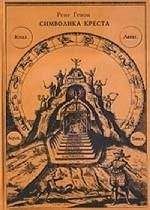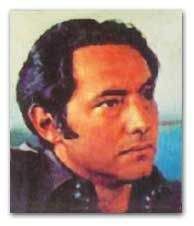Карлос Кастанеда - Учения дона Хуана: Знание индейцев Яки
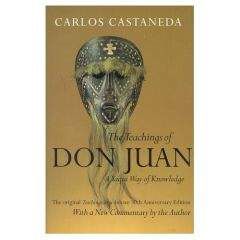
Скачивание начинается... Если скачивание не началось автоматически, пожалуйста нажмите на эту ссылку.
Жалоба
Напишите нам, и мы в срочном порядке примем меры.
Описание книги "Учения дона Хуана: Знание индейцев Яки"
Описание и краткое содержание "Учения дона Хуана: Знание индейцев Яки" читать бесплатно онлайн.
Carlos Castaneda, under the tutelage of don Juan, takes us through that moment of twilight, through that crack in the universe between daylight and dark into a world not merely other than our own, but of an entirely different order of reality. Anthropology has taught us that the world is differently defined in different places. Don Juan has shown us glimpses of the world of a Yaqui sorcerer and Castaneda presents it in such a way that enables us to apprehend it with a reality that is utterly different from our own. This is the special virtue of this work. Castaneda asserts that this world has its own inner logic. He explains it from inside, as it were — from within his own rich and intensely personal experiences while under don Juan’s tutelage — rather than to examine it in terms of our logic. Through this experience, Castaneda leads us to understand that our own world is a cultural construct and from the perception of other worlds, we see our own for what it is.
Карлос Кастанеда
Учения дона Хуана: Знание индейцев Яки
Carlos Castaneda
The Teachings of Don Juan: A Yaqui Way of Knowledge
The Author's Commentaries on the Occasion of the Thirtieth Year of
Publication of The Teachings of Don Juan: A Yaqui Way of Knowledge
The Teachings of Don Juan: A Yaqui Way of Knowledge was first published in 1968. On the occasion of its thirtieth year of publication, I would like to make a few clarifications about the work itself, and to state some general conclusions about the subject of the book at which I have arrived, after years of serious and consistent effort. The book came as a result of anthropological field work which I did in the state of Arizona and in the state of Sonora, Mexico. While doing graduate work in the Anthropology Department at the University of California at Los Angeles, I happened to meet an old shaman, a Yaqui Indian from the state of Sonora, Mexico. His name was Juan Matus.
I consulted with various professors of the Anthropology Department about the possibility of doing anthropological field work, using the old shaman as a key informant. Every one of those professors tried to dissuade me, on the basis of their conviction that before thinking about doing field work, I had to give priority to the required load of academic subjects, in general, and to the formalities of graduate work, such as written and oral examinations. The professors were absolutely right. It didn't take any persuasion on their part for me to see the logic of their advice.
There was, however, one professor, Dr. Clement Meighan, who openly spurred my interest in doing field work. He is the person to whom I must give full credit for inspiring me to carry out anthropological research. He was the only one who urged me to immerse myself as deeply as I could into the possibility that had opened up for me. His urging was based on his personal field experiences as an archaeologist. He told me that he had found out, through his work, that time was of the essence, and that there was very little of it left before enormous and complex areas of knowledge attained by cultures in decline would be lost forever under the impact of modern technology and philosophical drives. He put to me as an example the work of some established anthropologists of the turn of the century, and the early part of the twentieth century, who collected ethnographic data as hurriedly but as methodically as possible on the cultures of the American Indians of the plains, or of California. Their haste was justified, because in a matter of one generation, the sources of information about most of those native cultures were obliterated, especially among the Indian cultures of California.
At the same time all this was happening, I had the good fortune of attending classes with Professor Harold Garfinkel of the Sociology Department at UCLA. He supplied me with the most extraordinary ethnomethodological paradigm, in which the practical actions of everyday life were a bona fide subject for philosophical discourse; and any phenomenon being researched had to be examined in its own light and according to its own regulations and consistencies. If there were any laws or rules to be exacted, those laws and rules would have to be proper to the phenomenon itself. Therefore, the practical actions of shamans, viewed as a coherent system with its own regulations and configurations, were a solid subject for serious inquiry. Such an inquiry didn't have to be subject to theories built a priori, or to comparisons with material obtained under the auspices of a different philosophical rationale.
Under the influence of these two professors, I became deeply involved in my field work. My two driving forces, drawn from my contact with those two men, were: that there was very little time left for the thought processes of the Native American cultures to remain standing before everything was going to be obliterated into the mishmash of modern technology; and that the phenomenon under observation, whatever it may have been, was a bona fide subject for inquiry, and deserved my utmost care and seriousness.
I dove into my field work so deeply that I am sure that in the end, I disappointed the very people who were sponsoring me. I ended up in a field that was no man's land. It was not the subject of anthropology or sociology, or philosophy, or religion, for that matter. I had followed the phenomena's own regulations and configurations, but I didn't have the ability to emerge at a safe place. Therefore, I compromised my total effort by falling off the adequate academic scales for measuring its worth or its lack of it.
The irreducible description of what I did in the field would be to say that the Yaqui Indian sorcerer, don Juan Matus, introduced me into the cognition of the shamans of ancient Mexico. By cognition, it is meant the processes responsible for the awareness of everyday life, processes which include memory, experience, perception, and the expert use of any given syntax. The idea of cognition was, at that time, my most powerful stumbling block. It was inconceivable for me, as an educated Western man, that cognition, as it is defined in the philosophical discourse of our day, could be anything besides a homogeneous, all-engulfing affair for the totality of mankind. Western man is willing to consider cultural differences that would account for quaint ways of describing phenomena, but cultural differences could not possibly account for processes of memory, experience, perception, and the expert use of language to be anything other than the processes known to us. In other words, for Western man, there is only cognition as a group of general processes.
For the sorcerers of don Juan's lineage, however, there is the cognition of modern man, and there is the cognition of the shamans of ancient Mexico. Don Juan considered these two to be entire worlds of everyday life which were intrinsically different from one another. At a given moment, unbeknownst to me, my task mysteriously shifted from the mere gathering of anthropological data to the internalization of the new cognitive processes of the shamans' world.
A genuine internalization of such rationales entails a transformation, a different response to the world of everyday life. Shamans found out that the initial thrust of this transformation always occurs as an intellectual allegiance to something that appears to be merely a concept, but which has unsuspectedly powerful undercurrents. This was best described by don Juan when he said, "The world of everyday life cannot ever be taken as something personal that has power over us, something that could make us, or destroy us, because man's battlefield is not in his strife with the world around him. His battlefield is over the horizon, in an area which is unthinkable for an average man, the area where man ceases to be a man."
He explained those statements, saying that it was energetically imperative for human beings to realize that the only thing that matters is their encounter with infinity. Don Juan could not reduce the term infinity to a more manageable description. He said that it was energetically irreducible. It was something that could not be personified or even alluded to, except in such vague terms as infinity, ‘lo infinito.’
Little did I know at that time that don Juan was not giving me just an appealing intellectual description; he was describing something he called an energetic fact. Energetic facts, for him, were the conclusions that he and the other shamans of his lineage arrived at when they engaged in a function which they called seeing: the act of perceiving energy directly as it flows in the universe. The capacity to perceive energy in this manner is one of the culminating points of shamanism.
According to don Juan Matus, the task of ushering me into the cognition of the shamans of ancient Mexico was carried out in a traditional way, meaning that whatever he did to me was what was done to every shaman initiate throughout the ages. The internalization of the processes of a different cognitive system always began by drawing the shaman initiates' total attention to the realization that we are beings on our way to dying. Don Juan and the other shamans of his lineage believed that the full realization of this energetic fact, this irreducible truth, would lead to the acceptance of the new cognition.
The end result which shamans like don Juan Matus sought for their disciples was a realization which, by its simplicity, is so difficult to attain: that we are indeed beings that are going to die. Therefore, the real struggle of man is not the strife with his fellowmen, but with infinity, and this is not even a struggle; it is, in essence, an acquiescence. We must voluntarily acquiesce to infinity. In the description of sorcerers, our lives originate in infinity, and they end up wherever they originated: infinity.
Most of the processes which I have described in my published work had to do with the natural give and take of my persona as a socialized being under the impact of new rationales. In my field situation, what was taking place was something more urgent than a mere invitation to internalize the processes of that new shamanistic cognition; it was a demand. After years of struggle to maintain the boundaries of my persona intact, those boundaries gave in. Struggling to keep them was a meaningless act if it is seen in the light of what don Juan and the shamans of his lineage wanted to do. It was, however, a very important act in light of my need, which was the need of every civilized person: to maintain the boundaries of the known world.
Don Juan said that the energetic fact which was the cornerstone of the cognition of the shamans of ancient Mexico was that every nuance of the cosmos is an expression of energy. From their plateau of seeing energy directly, those shamans arrived at the energetic fact that the entire cosmos is composed of twin forces which are opposite and complementary to each other at the same time. They called those two forces animate energy and inanimate energy.
They saw that inanimate energy has no awareness. Awareness, for shamans, is a vibratory condition of animate energy. Don Juan said that the shamans of ancient Mexico were the first ones to see that all the organisms on Earth are the possessors of vibratory energy. They called them organic beings, and saw that it is the organism itself which sets up the cohesiveness and the limits of such energy. They also saw that there are conglomerates of vibratory, animate energy which have a cohesion of their own, free from the bindings of an organism. They called them inorganic beings, and described them as clumps of cohesive energy that is invisible to the human eye, energy that is aware of itself, and possesses a unity determined by an agglutinating force other than the agglutinating force of an organism.
The shamans of don Juan's lineage saw that the essential condition of animate energy, organic or inorganic, is to turn energy in the universe at large into sensory data. In the case of organic beings, this sensory data is then turned into a system of interpretation in which energy at large is classified and a given response is allotted to each classification, whatever the classification may be. The assertion of sorcerers is that in the realm of inorganic beings, the sensory data into which energy at large is transformed by the inorganic beings, must be, by definition, interpreted by them in whatever incomprehensible form they may do it.
According to the shamans' logic, in the case of human beings, the system of interpreting sensorial data is their cognition. They maintain that human cognition can be temporarily interrupted, since it is merely a taxonomical system, in which responses have been classified along with the interpretation of sensory data. When this interruption occurs, sorcerers claim that energy can be perceived directly as it flows in the universe. Sorcerers describe perceiving energy directly as having the effect of seeing it with the eyes, although the eyes are only minimally involved.
To perceive energy directly allowed the sorcerers of don Juan's lineage to see human beings as conglomerates of energy fields that have the appearance of luminous balls. Observing human beings in such a fashion allowed those shamans to draw extraordinary energetic conclusions. They noticed that each of those luminous balls is individually connected to an energetic mass of inconceivable proportions that exists in the universe; a mass which they called the dark sea of awareness. They observed that each individual ball is attached to the dark sea of awareness at a point that is even more brilliant than the luminous ball itself. Those shamans called that point of juncture the assemblage point, because they observed that it is at that spot that perception takes place. The flux of energy at large is turned, on that point, into sensorial data, and those data are then interpreted as the world that surrounds us.
When I asked don Juan to explain to me how this process of turning the flux of energy into sensory data occurred, he replied that the only thing shamans know about this is that the immense mass of energy called the dark sea of awareness supplies human beings with whatever is necessary to elicit this transformation of energy into sensory data, and that such a process could not possibly ever be deciphered because of the vastness of that original source.
What the shamans of ancient Mexico found out when they focused their seeing on the dark sea of awareness was the revelation that the entire cosmos is made of luminous filaments that extend themselves infinitely. Shamans describe them as luminous filaments that go every which way without ever touching one another. They saw that they are individual filaments, and yet, they are grouped in inconceivably enormous masses.
Another of such masses of filaments, besides the dark sea of awareness which the shamans observed and liked because of its vibration, was something they called intent, and the act of individual shamans focusing their attention on such a mass, they called intending. They saw that the entire universe was a universe of intent, and intent, for them, was the equivalent of intelligence. The universe, therefore, was, for them, a universe of supreme intelligence. Their conclusion, which became part of their cognitive world, was that vibratory energy, aware of itself, was intelligent in the extreme. They saw that the mass of intent in the cosmos was responsible for all the possible mutations, all the possible variations which happened in the universe, not because of arbitrary, blind circumstances, but because of the intending done by the vibratory energy, at the level of the flux of energy itself.
Подписывайтесь на наши страницы в социальных сетях.
Будьте в курсе последних книжных новинок, комментируйте, обсуждайте. Мы ждём Вас!
Похожие книги на "Учения дона Хуана: Знание индейцев Яки"
Книги похожие на "Учения дона Хуана: Знание индейцев Яки" читать онлайн или скачать бесплатно полные версии.
Мы рекомендуем Вам зарегистрироваться либо войти на сайт под своим именем.
Отзывы о "Карлос Кастанеда - Учения дона Хуана: Знание индейцев Яки"
Отзывы читателей о книге "Учения дона Хуана: Знание индейцев Яки", комментарии и мнения людей о произведении.





